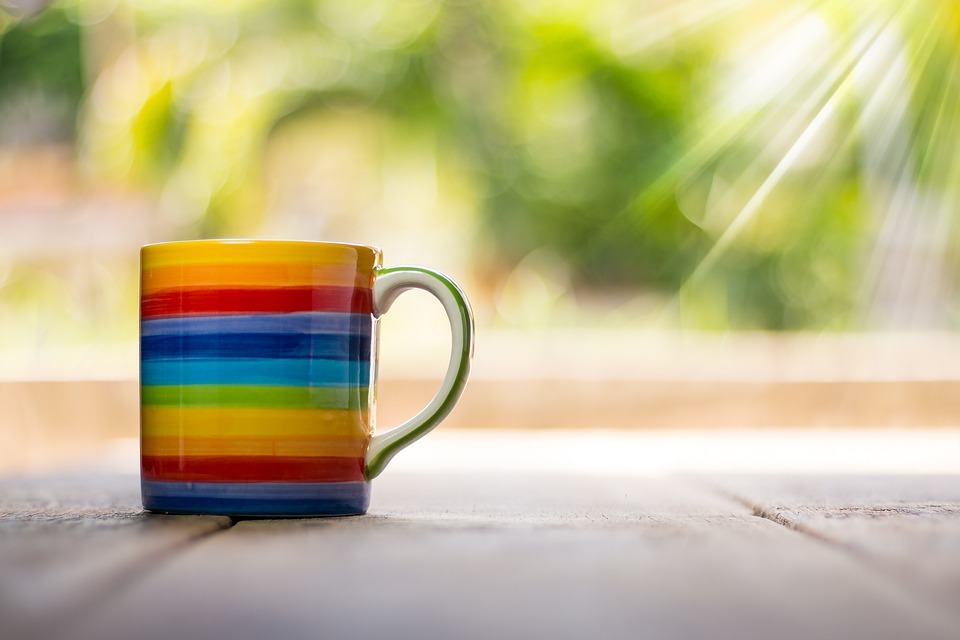Tips for a Tastier Cup of Coffee – Let Your Inner Barista Out!
A good cup of coffee in the morning can set the mood for your whole day. While you may be tempted to rely on a barista to serve your daily cup, that can get pricy. With these nine simple rules you’ll be able to make your own perfect cup of coffee every morning, right in your own home. It’s easier than you think—simple things like storing your beans correctly and using the best filters will prevent unwanted bitterness or off-flavours from your cup. Whether your morning coffee is an estate-grown brew or just the best supermarket blend you can afford, follow these basic rules for a delicious, satisfying cup of coffee—every single time.
Find the right, fresh coffee.
If you’re going to take your home coffee experience to the next level, you’re not going to do it with just any coffee. The most surefire way to brew great coffee at home is to start with great coffee beans. Do some research to find the best roasters in your area and buy from a reputable company that sources their product ethically and transparently.
Store your coffee properly!
Deterioration speeds up when coffee is exposed to oxygen, roasted beans’ sworn enemy. Oxidation contributes significantly to flavor degradation, and it doesn’t take much to render the coffee stale. Airtight packages with degasser valves work for the most part, but if there is even four percent oxygen inside the package, it’s only a matter of time until you’ve got stale coffee. So, if the packaging doesn’t have a “roasted on” date on it, don’t bother buying it—you’ll have no way of knowing how long it’s been sitting on the shelf.
Beware the kick
Some bags of beans or pre-ground coffee offer a very rough guide to how much caffeine they’re packing, but most don’t. Starbucks co-founder Jerry Baldwin explains in a blog post the myths and realities of caffeine levels. A few short pull-outs: “Robusta” beans pack twice as much caffeine as “Arabica,” “dark roast” means effectively nothing in terms of caffeine, and drip coffee can actually pack more caffeine than espresso, depending on the beans and amounts used.
Use the best water possible
Nothing can ruin a pot of coffee more surely than tap water with chlorine or off-flavors. Serious coffee lovers use bottled spring water or activated-charcoal/carbon filters on their taps. Note: Softened or distilled water makes terrible coffee—the minerals in good water are essential
The most important ingredient in a high-quality cup of coffee is also maybe the most overlooked component. Hot water is a super solvent that extracts flavors and oils out of coffee grounds. While these flavors and oils are crucial, they only account for 1.25 percent of what’s in your morning cup. In other words, a properly extracted cup of coffee is 98.75 percent water, so if the water you’re brewing with isn’t any good, your coffee won’t be either. If your tap water has any odors or tastes of chlorine, lime, or rust, your coffee will, too. Instead, use only purified water (or as close to purified as you can get, even if you’re just using bottled water or a Brita filter). If you’re wondering how pure your home’s tap water is, considering picking up a TDS meter, a moderately priced gadget that gauges water’s purity. But don’t use distilled water. Without any minerals your coffee will taste on the blander side.
Splurge on coffee filters
Bargain-priced paper coffee filters yield inferior coffee, according to the experts. Look for “oxygen-bleached” or “dioxin-free” paper filters. Alternatively, you may wish to invest in a long-lived gold-plated filter. These are reputed to deliver maximum flavour, but may let sediment through if the coffee is ground too finely.
Keep it clean, folks.
Clean storage containers and grinders every few weeks to remove any oily build-up. At least monthly, run a strong solution of vinegar or specialty coffee-equipment cleaner through your coffee machine to dissolve away any mineral deposits. Rinse thoroughly before reuse.
Choose whole beans over capsules
In recent years, single serve automatic brewing systems have risen in popularity. If you really want to up your coffee game, you’ll want to retire your capsule machine. There are a number of issues with capsules: Not only are they wildly expensive and terrible for the environment (even their inventor regrets the very idea of them), they simply don’t make great coffee. All the basic principles of good, high-quality coffee are completely ignored by these single-serving machines.
Learn to make your own fancy coffee drinks
There are infographics available to explain exactly what’s in the standard versions of every Italian-named drink you’ll find at most coffee shops in neat, simple fashion. You’ll save so much time and money getting those drinks done at home, and yes, you’ll add to your barrage of equally amazing party tricks!
